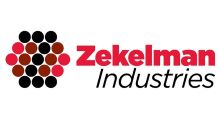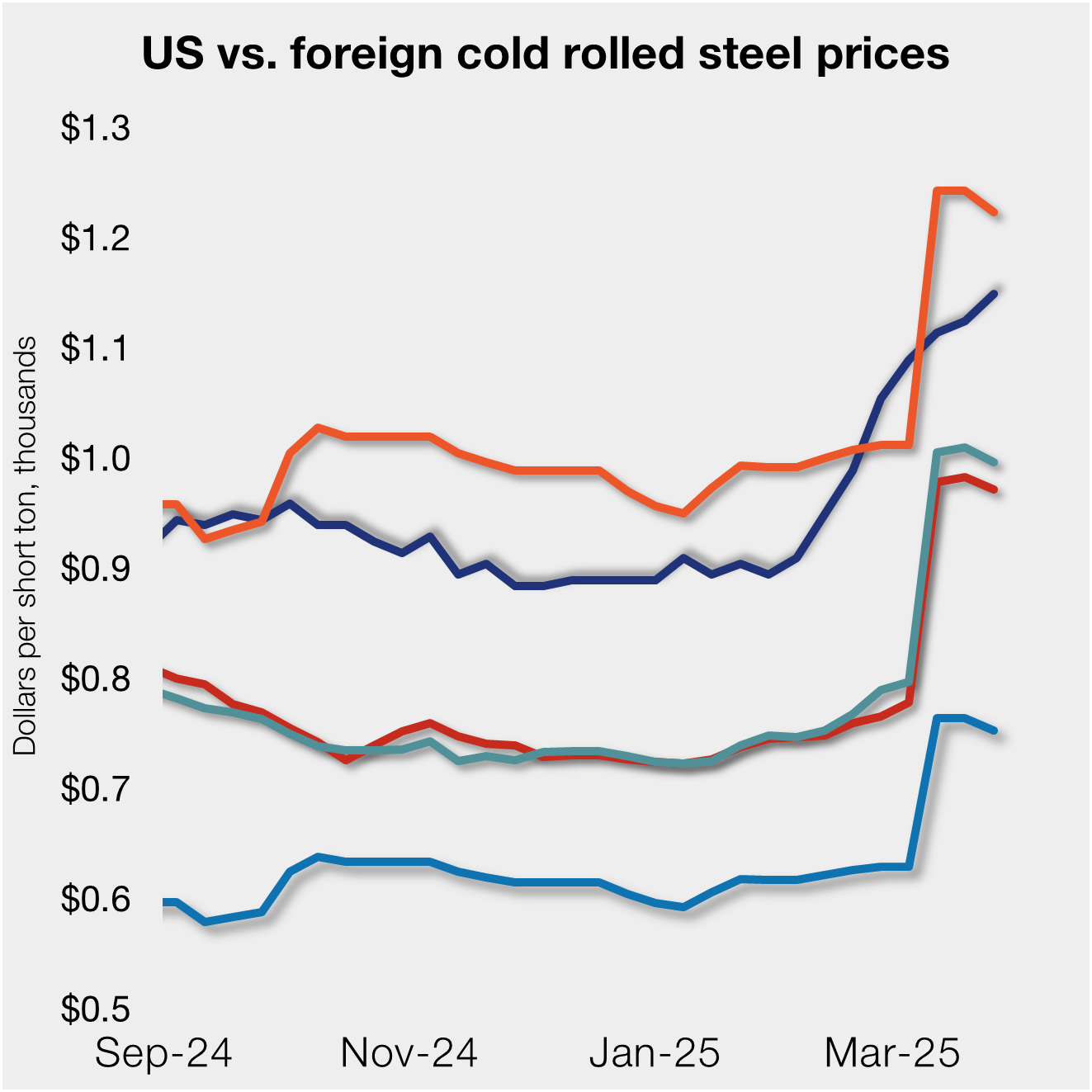Steel Products
Steel Buyers Basics: A Question About Competition & Freight
Written by John Packard
August 20, 2013
Steel Market Update (SMU) received a question related to the most recent “Steel Buyers Basics” article published in Sunday evening’s issue of Steel Market Update. The article was about “spread” in flat rolled steel pricing and how it is measured.
On Monday one of the transportation companies which recently joined SMU as a member provided the following insights and questions prompted by our article:
Thanks again for putting together such a great publication. Not being in the steel industry but a significant portion of my business tied to it I have gathered more insight and knowledge in the last couple months I have been with your publication then I received in 3 plus years of SBB and AMM.
I have one question related to the article you published in the Subject Line. As a transportation carrier this is used against us quite often. Obviously, there is some gamesmanship going to negotiate better freight rates which I understand completely. The threats I run into most on spreads from the US Mills not competing on product within the US but into the Mexican markets specifically automotive and more specifically Central Mexico which continues to grow. Basically, we hear the story that it is becoming more of a challenge for US Mills to compete because of price and freight rates. Reading this article I am beginning to think these spreads are not as much as I believed they were. Now, we are talking cold rolled automotive grades steel here so maybe those grades there are larger spreads and being that it is Mexico maybe it is becoming more of a challenge? Does that change the dynamics at all?
SMU response: To respond to your question. When dealing with spreads between USA and NAFTA countries (Mexico and Canada) the total price of the product is what is important. Unlike hot rolled – cold rolled and coated products carry a lot of “extras” – extras are added for special chemistries, surface, thickness (the lighter the steel the higher the price), formability, etc.
What is happening in Mexico is there are a number of new mills who are competing for the business the U.S. mills enjoyed. As the quality of the product improves in Mexico the more pressure you will receive from the USA mills for “competitive” freight rates so they can compete against the Mexican mills.
In some cases, they may be competing against foreign steel (China, Europe, etc.) and again freight becomes an important component to the bottom line quote to the end user.
If our readers have more insights into the Mexican automotive markets that they would like to share with our members please forward them to: info@SteelMarketUpdate.com. Your comments and questions are important to us as we strive to provide insights into the flat rolled steel industry.

John Packard
Read more from John PackardLatest in Steel Products

Atlas Tube debuts ‘HSS Connections Hub’
Atlas Tube, part of Zekelman Industries, has introduced an engineering resource aimed at simplifying Hollow Structural Sections (HSS) connection design for structural engineers and fabricators.

Nucor keeps HRC price unchanged
Nucor paused its weekly hot-rolled (HR) coil price this week, keeping it flat for the first time since Jan. 21. This comes after a nine-week rally that saw the company increase prices by double-digits for eight of those weeks.

Nucor increases plate prices by $40/ton
Nucor aims to increase prices for steel plate by $40 per short ton (st) with the opening of its May order book. The Charlotte, N.C.-based steelmaker said the increase was effective with new orders received on Friday, March 28, in a letter to customers dated the same day. The company said the price hike applied […]

US CRC price gains ground over imports
US cold-rolled (CR) coil prices increased again this week, while offshore prices declined.

SMU Steel Demand Index momentum slows
Steel Market Update is pleased to share this Premium content with Executive members. Contact info@steelmarketupdate.com for information on how to upgrade to a Premium-level subscription. Growth in SMU’s Steel Demand Index eased in March after reaching a four-year high in late February. Despite a moderate gain, the index remains in expansion territory. The Steel Demand […]
